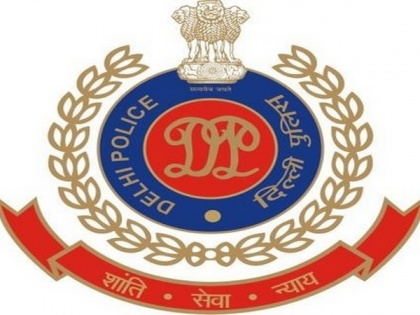Delhi Police used artificial intelligence, technology to probe over 750 Delhi riot cases
By ANI | Published: February 19, 2021 09:41 PM2021-02-19T21:41:59+5:302021-02-19T21:50:03+5:30
Delhi Police used artificial intelligence and forensic technology to investigate over 750 Delhi riot cases that rocked the country last year. Artificial intelligence led to the arrest of around 231 accused in riot cases.

Delhi Police used artificial intelligence, technology to probe over 750 Delhi riot cases
Delhi Police used artificial intelligence and forensic technology to investigate over 750 Delhi riot cases that rocked the country last year. Artificial intelligence led to the arrest of around 231 accused in riot cases.
Delhi Police Commissioner S N Srivastava said at his annual press conference that they lodged 755 FIRs in riot cases.
He said the intention of the Delhi Police was to ensure a free and fair investigation.
Riots had taken place in North East Delhi in February last year when former US President Donald Trump was on a visit to India. Delhi had witnessed protests against the Citizenship Amendment Act (CAA).
"You are aware of the riots which led to 53 deaths and 581 injuries. Riots reached a peak on February 24 and 25 last year. A total of 755 FIRs were registered and we made it a point to see that no one had a grievance that their complaint was not acknowledged," Srivastava said.
Crime Branch and Special Cell were involved in the probe. The Police formed three SITs and worked extensively to "unearth the entire conspiracy".
A separate case was lodged by special cell regarding the criminal conspiracy.
Delhi Police checked the CCTV footage and were able to arrest 231 accused. Officials said 137 were identified through FRS (Facial Recognition System) when matched with criminal records and the remaining 94 were through driving license photographs.
According to police, biological and ballistic analysis of videos and photographs through open sources were also used to investigate the cases.
The investigation team used video analytics and FRS to analyse CCTV footage which helped the police in identifying the accused persons. The geo-location, too, helped the prosecution case.
( With inputs from ANI )
Disclaimer: This post has been auto-published from an agency feed without any modifications to the text and has not been reviewed by an editor
Open in app